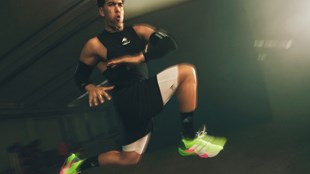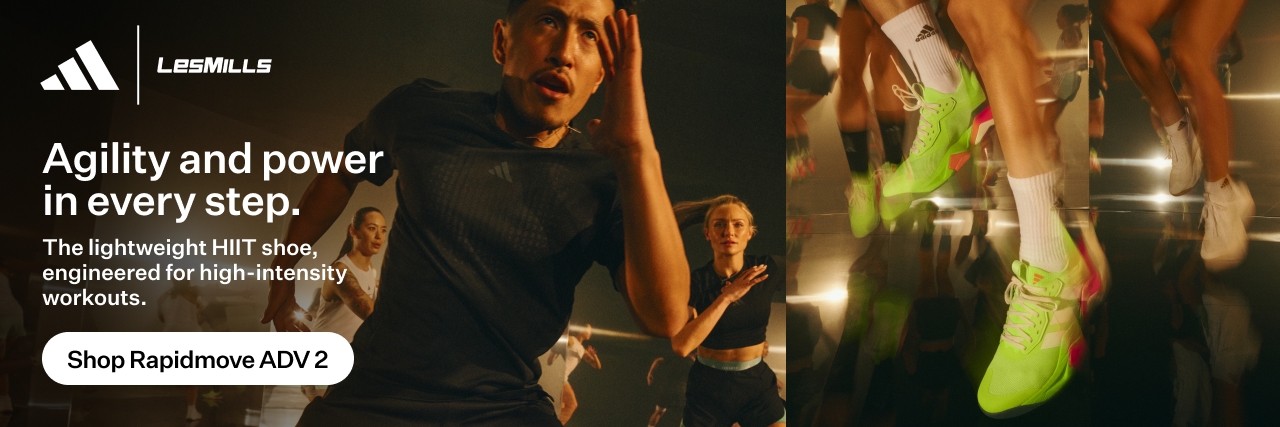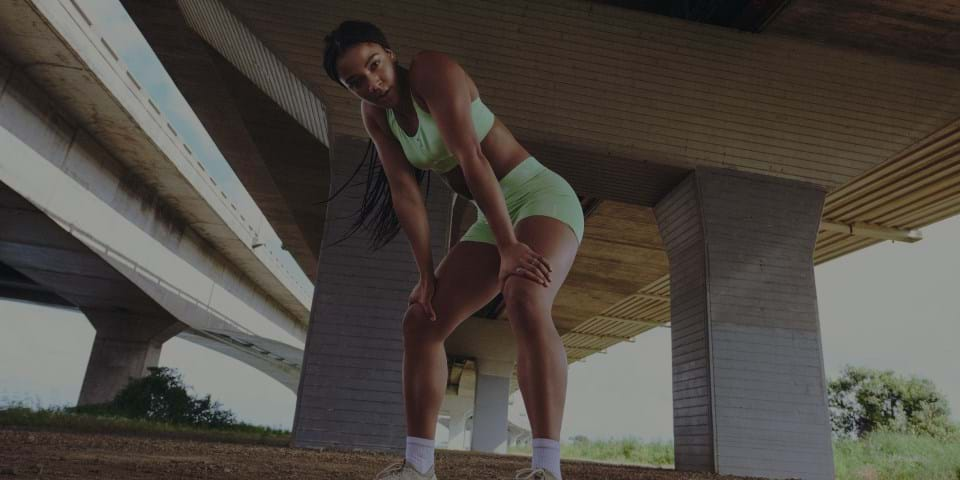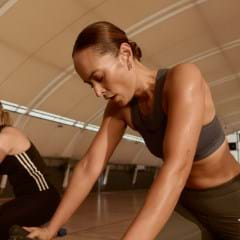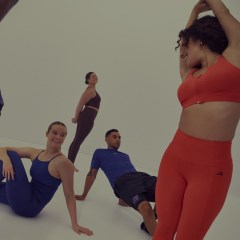Whether you've recently embarked on a new exercise routine, or if you’re a regular no-nonsense gym bunny, a good pair of shoes is key to stepping up your training. Having a good fit on your foot makes it easier to increase training performance, helps to prevent pain, and can reduce the risk of injury later in life.
If you’re the type of person who doesn't want to think too much about shoe selection, opting for a supportive and stable shoe is the best bet. Having sufficient support and a good level of motion control will ensure you don’t numb the sensory and mobility requirements. If you’re someone who wants to tap into the increased performance benefits that can come from a more tailored shoe selection… read on.
SOLE PURPOSE: Should you wear different shoes for different types of workouts?
When you move in different ways it puts different stresses on your feet and ankles – so it’s good to have shoes that alleviate the stress. This is where high-tech footwear innovation comes in. Footwear giants invest heavily in research and development to develop cutting-edge enhancements for performance footwear designed to meet specific training goals.
Strength training shoes: What to look for
Choosing the best shoes to lift weights in depends on the individual. For serious weightlifters (the type of people who focus on Olympic lifting) specific weight-lifting shoes with a raised heel can be a good option. These shoes have a solid base, which can help lifters generate more power and the raised heel can help with the ankle's range of motion. However, it’s worth noting that prolonged use of heel-raised shoes could reduce ankle range of motion in the long run. At the other end of the scale, some serious lifters choose to lift in bare feet, believing this helps improve foot strength and grip, move with better balance, and feel more grounded.
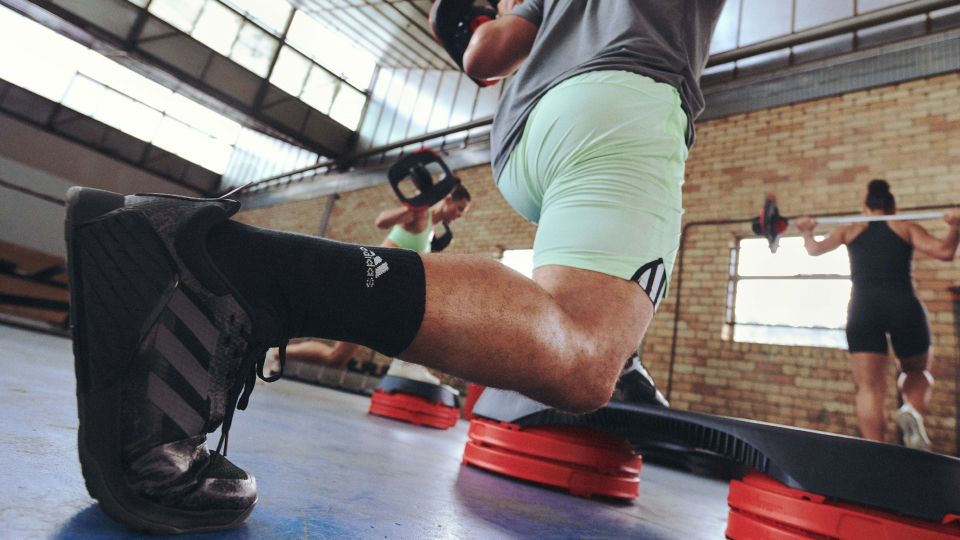
The adidas Dropset shoe has been carefully engineered to provide stability and support for everyday lifters. "These trainers feel flat, stable, and strong. They help me feel more grounded and centered. I only choose shoes that are comfy and these shoes definitely tick that box.” Kaylah-Blayr Fitzsimons Nu’u, Les Mills Trainer.
Shoes for HIIT and athleticism: What to look for
High knees, squat jumps, mountain climbers, and fast-paced movements in multiple directions… any high-intensity workout is better when you feel fast on your feet. This is where lightweight shoes shine. The best HIIT shoes have robust forefoot support and good medial-lateral support for direction change. A firm but cushioning inner sole for force transmission and shock absorption is also important.
"For HIIT I want a trainer that has cushion and spring, yet allows me to move laterally with support.” Bronte Terrell, Les Mills Trainer
Purpose-designed for HIIT athletes, the adidas Rapidmove ADV2 has 360° agility and dynamic stability. There are also strategically placed Plank Zones to stabilize the foot during planks and mountain climber variations that can be a key component of HIIT.
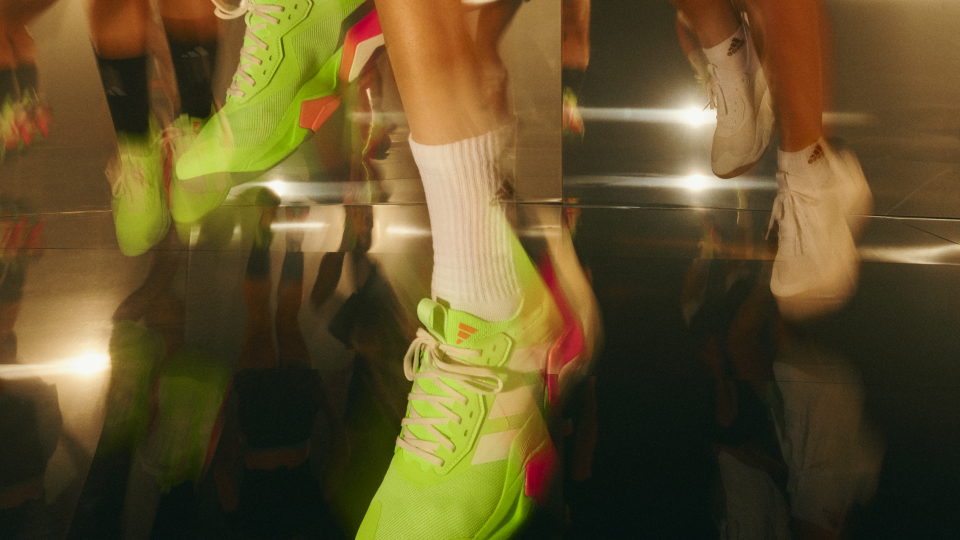
Les Mills Trainer Natasha Vincent says she first put the Rapidmove adv 2 to the test doing her favorite HIIT moves – lateral leaps, mountain climbers, power lunges, and broad jumps. “They quickly became my go-to shoes for HIIT. I love how they have the right amount of flex and cushioning for agility work, and stability for multidirectional movements. Wearing these shoes helps me to commit and focus in the most challenging workouts.”
Bronte Terrell is another trainer who is impressed by these purpose-engineered HIIT shoes. "I have always struggled to find a decent HIIT shoe. I’ve been wearing running trainers, but they are not ideal. For HIIT I want a trainer that has cushion and spring, yet allows me to move laterally with support.”
Finding the perfect fit
Matching your shoe selection to your preferred training style is just part of the picture. It’s also important to ensure the shoes you choose align with the shape of your feet, and how they move.
The first step to finding perfectly fitting sports shoes is to analyze how you walk. The best way to determine how you walk, and what type of shoe you need, is by looking at the size of your foot arch. Your arch can be low, high, or 'standard' and controls the way you place your foot when you walk.
TRY THIS: Take the wet-foot test
Check out your arch by doing a footprint test – wet your foot, step on a piece of paper and trace your footprint. The imprint shows which foot type you have: under-pronation, over-pronation, or a natural arch.
What is under-pronation?
If the footprint shows only a portion of your forefoot and heel, with a narrow imprint of the outer edge of your foot, then you have high arches and tend to 'under-pronate' (also known as supinate). Underpronation means you roll your foot outwards, away from your knee, which causes pressure on the outer edge of the heel and the little toe. The best shoe for you is a cushioned shoe with a soft midsole to encourage your foot to move into the center.
What is over-pronation?
If your footprint shows the entire sole of your foot with little to no curve on the inside, it means you have low arches or 'flat feet', which is called 'overpronation'. Over-pronate feet roll inwards and can create pressure on the inside heel and inside of your foot. You should seek out a shoe that has maximum support to balance out and center the foot.
What is a natural arch?
If your footprint has a distinct curve along the inside of your foot, this means you have a natural arch and you wear your shoe evenly. The best shoes for your feet have good cushioning, mixed with support to keep the trend even.
Don’t fancy doing the wet-foot test? You can simply look at the sole of an old pair of sneakers which will highlight where your shoe has worn away the most and give you the same answer.
Size matters: How to find your correct shoe size
Unlike other shoes, it's important for your training sneakers to feel comfortable right away, so don't wait for them to 'fit better' or stretch after a few weeks. Your shoe should fit relatively tightly – snug and secure – but not too tight across the top of your foot. And you should be able to wriggle your toes comfortably. Inside your shoe there should be about a ½ inch (13mm) between the front of your big toe and the tip of the shoe. Take your own socks along on your shopping trip – a pair that you plan to wear when exercising, and if you wear orthotics, take them along too, to get the perfect fit.
When is the best time to shoe shop?
When shopping for shoes, the best time to hit the stores is towards the end of the day. Your feet swell across the day, and they also expand during exercise, so try on shoes when your feet are at their largest. Your feet often change size as you get older too, so every year get a fitting to check your size. Shopping online is another great option. This allows you to try the shoes at any time in the comfort of your own home. And you can return them if they don't fit correctly.
Finally, remember to replace your sports shoes every six to eight months, or when your feet start to feel uncomfortable. Another indicator that it’s time for a new pair is if you experience pain in your knees, ankles or shins – or the back of the sole becomes worn out, giving you less support.
1) 2024 adidas-commissioned international research by Focal data and global gym industry statistics 2021



